Among the most intriguing and lesser-known components of its ecosystem are the lichens and mosses that thrive in the mountain’s various zones. These small, often overlooked organisms play critical roles in the ecology of Kilimanjaro, contributing to soil formation, and moisture retention, and providing habitats for other species. This article delves into the fascinating world of lichens and mosses on Kilimanjaro, exploring their characteristics, ecological roles, adaptations, and the challenges they face.
A good example is Old Man’s Beard from the genus Usnea comprises light greyish-green lichens that develop on the bark or twigs of their host trees. The colloquial term “old man’s beard” comes from the shrub-like lichen that hangs in bunches that resemble white hair. Lichen is sometimes confused with plants, but it is not one. It’s a blend of fungi and algae that coexist together to thrive.
Usnea plant bodies are used to manufacture medicines for wound healing, discomfort, fever, and weight loss.
What are Lichens and Mosses?
Lichens and mosses are primitive plants that are crucial to the health and function of many ecosystems:
- Lichens: Lichens are complex life forms that are a symbiotic partnership between a fungus and an alga or cyanobacterium. The fungus provides structure and protection, while the alga or cyanobacterium carries out photosynthesis to produce food. Lichens can grow on a variety of surfaces, including rocks, trees, and soil, and are known for their ability to survive in extreme environments.
- Mosses: Mosses are small, non-vascular plants that belong to the bryophyte group. They lack true roots, stems, and leaves but have structures that perform similar functions. Mosses reproduce via spores and thrive in moist environments, where they form dense, green carpets over the ground or rocks.
Lichens and Mosses on Mount Kilimanjaro
Lichens and mosses are found in various zones of Kilimanjaro, from the forest belt to the barren alpine desert:
- Montane Forest Zone: In the lush montane forests, which range from about 1,800 to 2,800 meters (5,900 to 9,200 feet), lichens and mosses are abundant. The high humidity and shade provided by the dense canopy create ideal conditions for their growth. Epiphytic lichens and mosses, which grow on the trunks and branches of trees, are particularly common in this zone.
- Moorland and Heath Zone: At elevations between 2,800 to 4,000 meters (9,200 to 13,100 feet), the moorland and heath zone is characterized by open landscapes with giant heathers and sparse vegetation. Here, lichens and mosses play a crucial role in covering the ground, rocks, and tree trunks, helping to retain moisture and provide habitat for other plants and small animals.
- Alpine Desert Zone: In the harsh, cold conditions of the alpine desert, above 4,000 meters (13,100 feet), the vegetation is sparse, but lichens and some hardy mosses can still be found. These organisms are among the few that can survive the intense UV radiation, extreme temperature fluctuations, and limited water availability.
Key Species of Lichens and Mosses on Kilimanjaro
Several species of lichens and mosses are adapted to the unique conditions of Kilimanjaro:
- Lobaria pulmonaria (Lungwort Lichen): This foliose lichen is commonly found on tree trunks in the montane forest. It has broad, leafy lobes and a distinctive blue-green color, with a texture that resembles lung tissue, hence the name “lungwort.”
- Usnea (Old Man’s Beard): This fruticose lichen, which hangs from tree branches like strands of gray-green hair, is common in the higher forest zones. Usnea species are known for their antibacterial properties and are used in traditional medicine.
- Racomitrium lanuginosum (Woolly Fringe Moss): This moss is found in the alpine zones of Kilimanjaro. It forms dense, cushion-like mats that can withstand extreme cold and desiccation. Its woolly appearance helps trap moisture and reduce water loss.
- Sphagnum Moss: Found in wet areas of the montane and moorland zones, Sphagnum moss plays a vital role in water retention and soil formation. Its ability to hold large amounts of water makes it crucial for maintaining moisture in these ecosystems.
Ecological Roles of Lichens and Mosses
Lichens and mosses perform several critical functions in Kilimanjaro’s ecosystem:
- Soil Formation: Lichens are pioneer species that can colonize bare rock surfaces. By secreting acids, they break down the rock into soil over time, creating a substrate for other plants to grow. Mosses also contribute to soil formation by trapping organic material and promoting decomposition.
- Moisture Retention: Both lichens and mosses are highly efficient at absorbing and retaining water. They act like sponges, holding moisture in the ecosystem, which helps prevent erosion and supports other plant and animal life.
- Habitat Creation: Lichens and mosses provide microhabitats for a variety of organisms, including insects, spiders, and small mammals. They offer shelter, nesting material, and food sources, supporting the mountain’s biodiversity.
- Indicator Species: Lichens, in particular, are sensitive to air quality and can serve as indicators of environmental health. Their presence or absence can provide valuable information about pollution levels and ecosystem integrity.
Adaptations for Survival
Lichens and mosses have developed several adaptations that allow them to thrive in Kilimanjaro’s challenging environment:
- Desiccation Tolerance: Lichens and mosses can survive periods of extreme dryness by entering a dormant state. They can quickly rehydrate and resume metabolic activity when moisture is available.
- Temperature Extremes: In the high-altitude zones of Kilimanjaro, lichens and mosses can withstand significant temperature fluctuations, from freezing nights to hot, sunlit days. Their cellular structures are adapted to prevent damage from frost and UV radiation.
- Slow Growth: Lichens and mosses grow slowly, which allows them to conserve resources in environments where nutrients are scarce. This slow growth rate also makes them highly resilient to environmental changes.
Additional information
| Habitat | Montane Forest Zone |
|---|

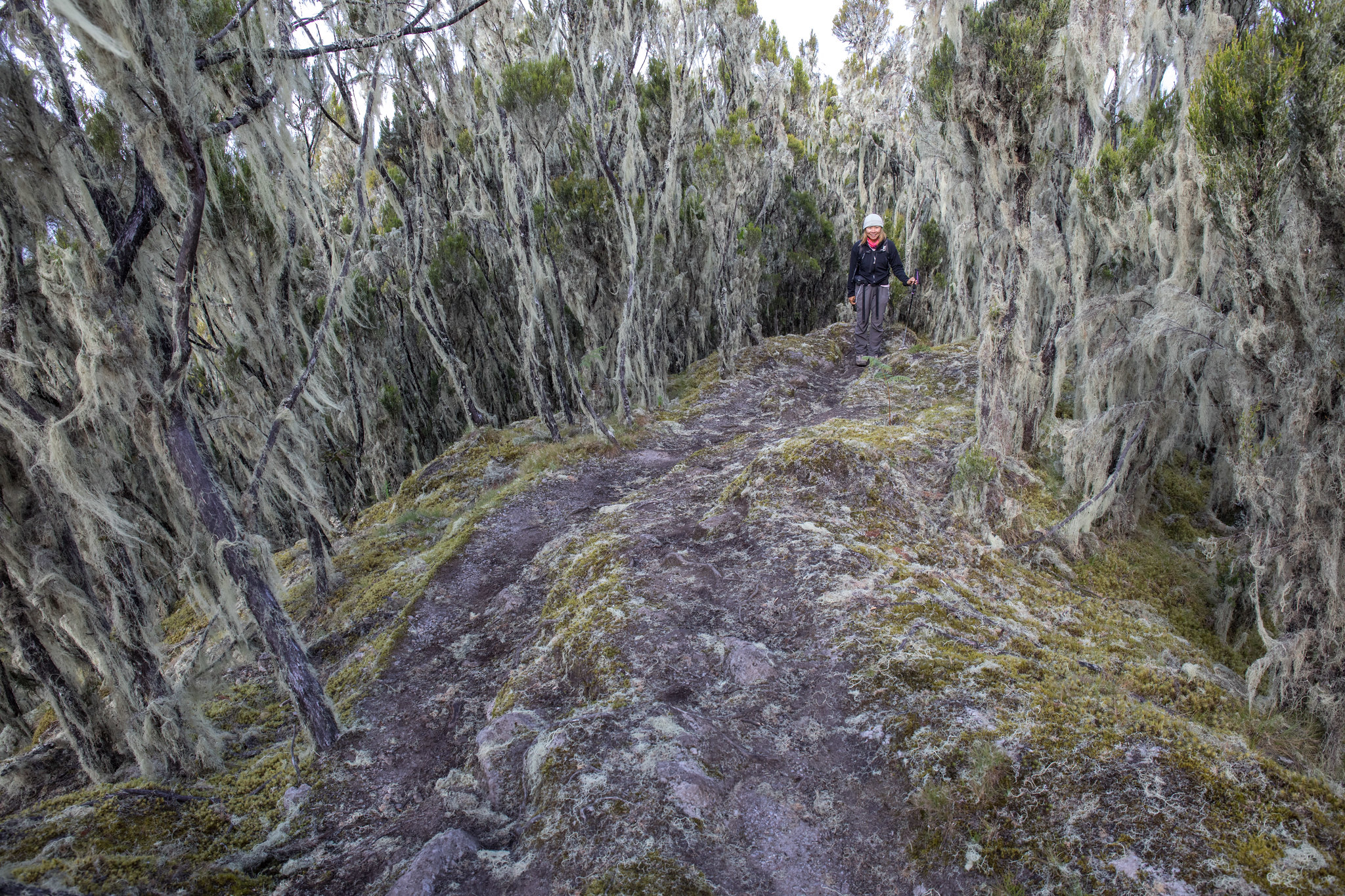
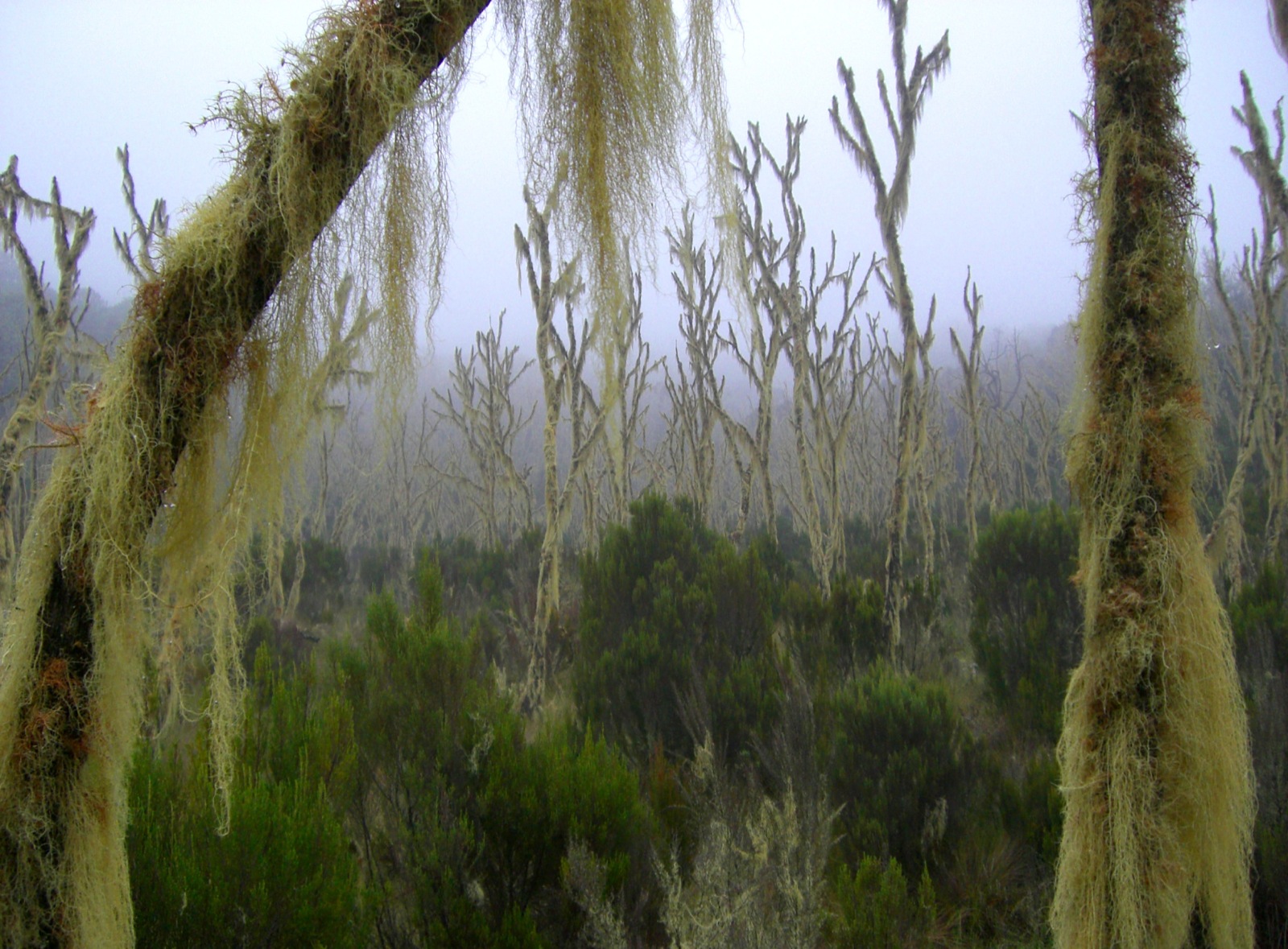
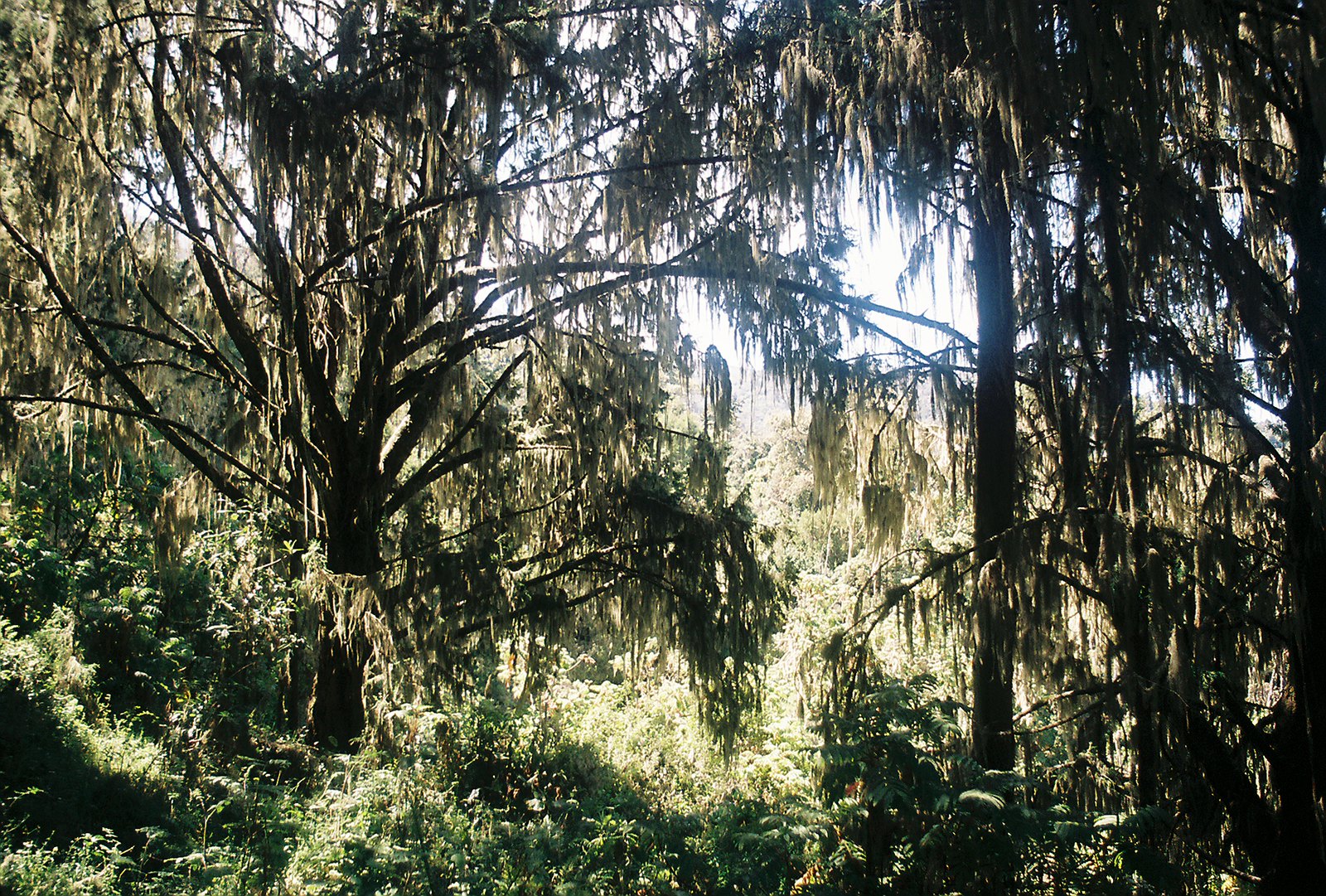
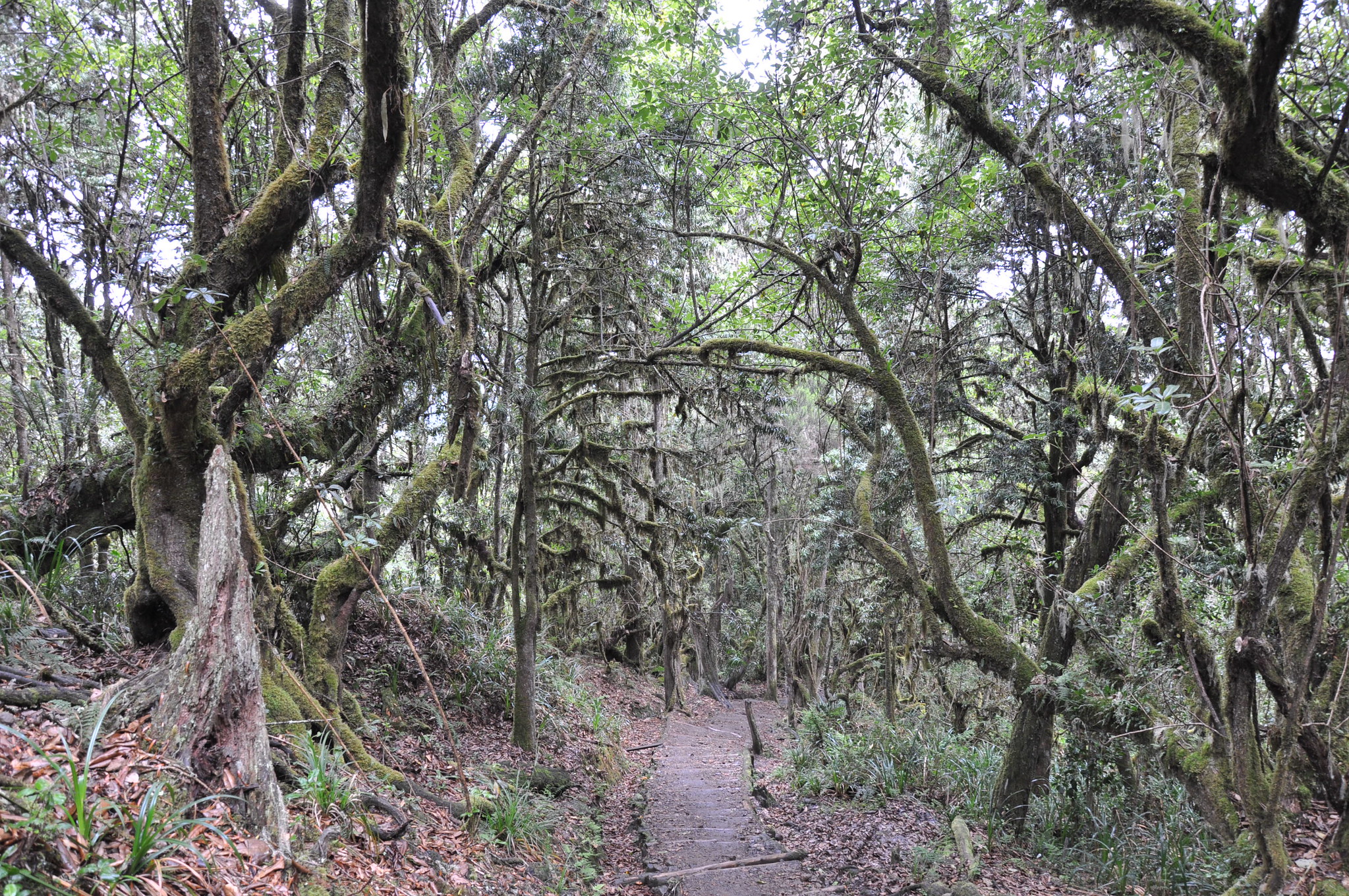
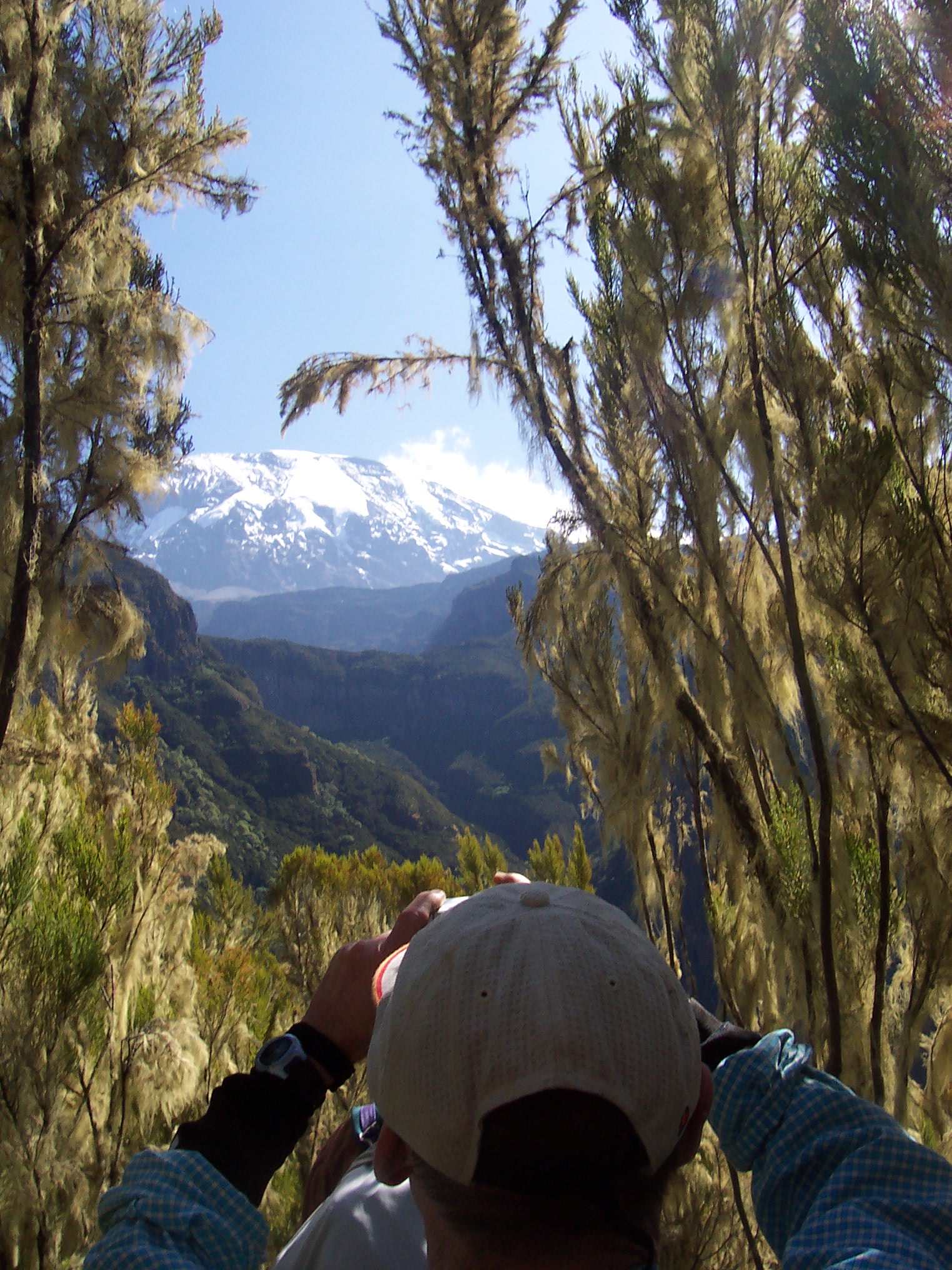
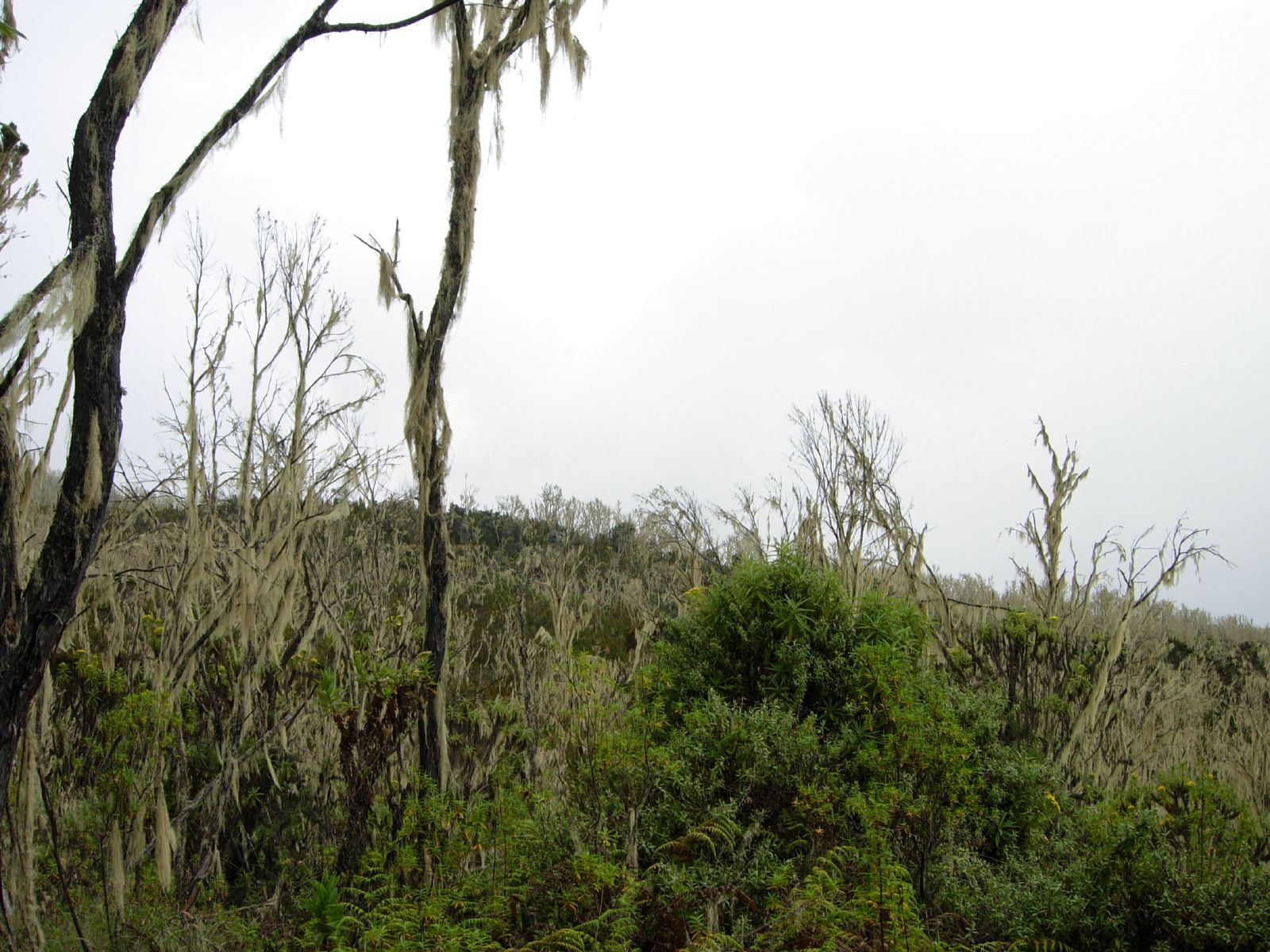
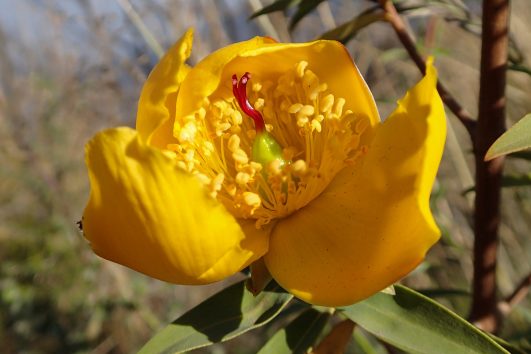
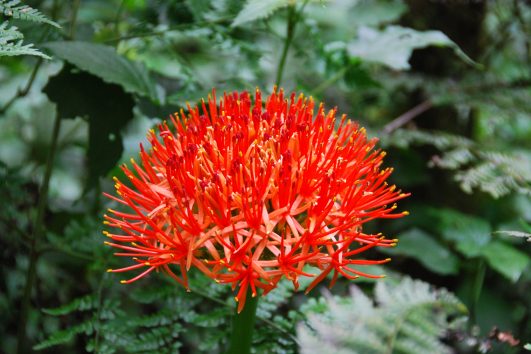
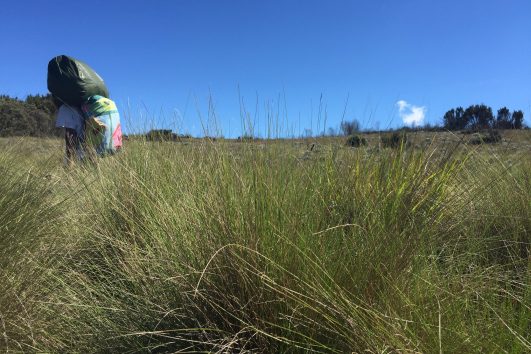
Tour Reviews
There are no reviews yet.
Leave a Review